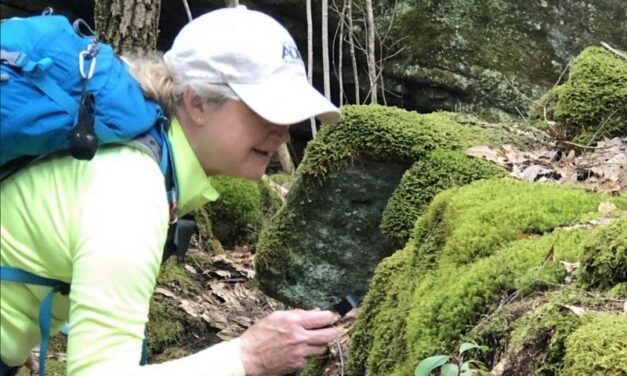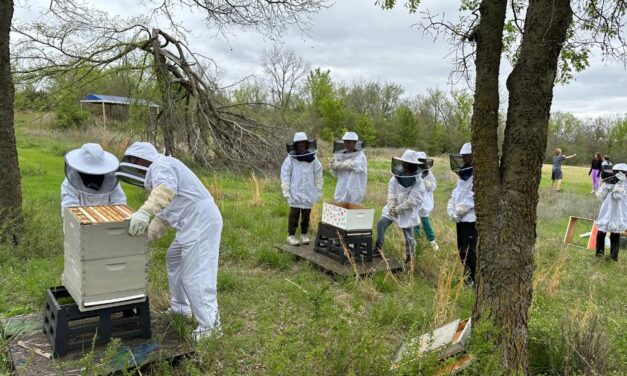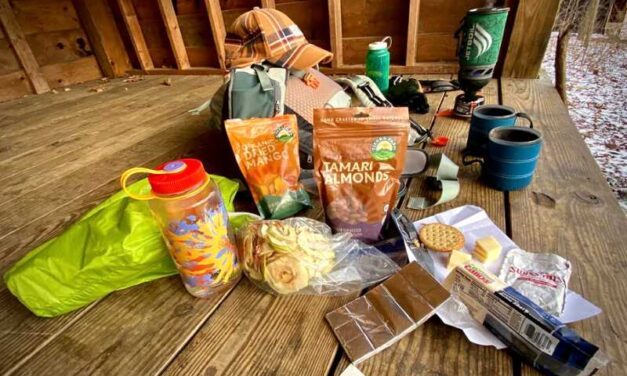Category: People and Planet First
The Remarkable Benefits of Urban Green Spaces
Urban green spaces are beacons of hope and vitality for city dwellers amidst the skyscrapers and bustling streets.
Read MoreOur Dark Skies are Brighter Than Ever and That’s a Problem
Studies show how vital dark skies are to the health of our ecology. Artificial light pollution and energy waste adversely affect our health.
Read MoreDig into the Marvels and Mysteries of Moss
Moss is the simplest and most primitive of all plants, yet their importance can’t be understated. Discover the wonders and mysteries of moss.
Read MoreA Bioblitz is a Great Way to Learn What is Living Near You
Want to know more about plants, insects, animals, birds, fungi, or trees near you? A bioblitz is fun way to identify life around you.
Read MoreDiscover the Beauty of America’s National Parks
For most of us, visiting a national park isn’t easy. But with OPL’s virtual park tour, America’s natural beauty is just a click away.
Read MoreOPL Insight: How Protected is Your State?
Explore protected lands and tree cover for each state and understand how the 30×30 initiative can help mitigate the effects of climate change.
Read MoreForest Snags: Dead or Full of Life?
Forest snags are an essential part of our ecosystem. These wildlife trees make up to 10-20 percent of forest canopies.
Read MoreRoad Trip to Meet America’s Longest Living Trees
Take a virtual roadtrip to meet some of the longest living trees in America. We hope it inspires you to visit our country’s national parks!
Read MoreExploring Sustainability and Nature-Based Learning at Riverfield Country Day School
At Riverfield Country Day School in Tulsa, Oklahoma, students are immersed in a learning environment beyond traditional classroom walls.
Read MoreWhat to Pack: How to Prepare for a Great Outdoor Adventure
The key to making any outdoor adventure enjoyable is to be prepared before you head outside. Pack these 10 essential items in your daypack.
Read MoreWhat to Wear: How to Prepare For a Great Outdoor Adventure
Your winter outdoor adventure requires the right clothing, sturdy boots, a daypack, and a positive attitude. Be prepared. Know what to wear!
Read MorePacking It Out: Learning More About “Leave No Trace”
Leave No Trace brings attention to the conservation, preservation, and protection of our parks and ecosystems.
Read More
Recent Posts
-
 The Remarkable Benefits of Urban Green SpacesOct 21, 2024
The Remarkable Benefits of Urban Green SpacesOct 21, 2024 -

-
 Dig into the Marvels and Mysteries of MossOct 16, 2024
Dig into the Marvels and Mysteries of MossOct 16, 2024 -

-
 Discover the Beauty of America’s National ParksOct 11, 2024
Discover the Beauty of America’s National ParksOct 11, 2024

















